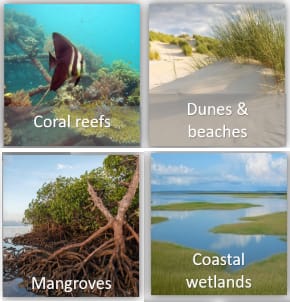Nature-based Solutions
This is an online decision support system developed to select the proper nature-based solutions based on your study's area characteristics and requirements.
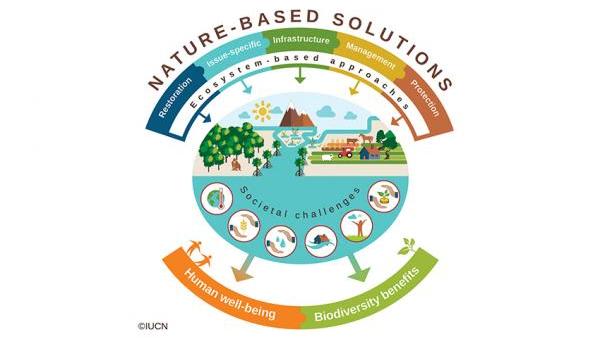
What is the general type of your study area?
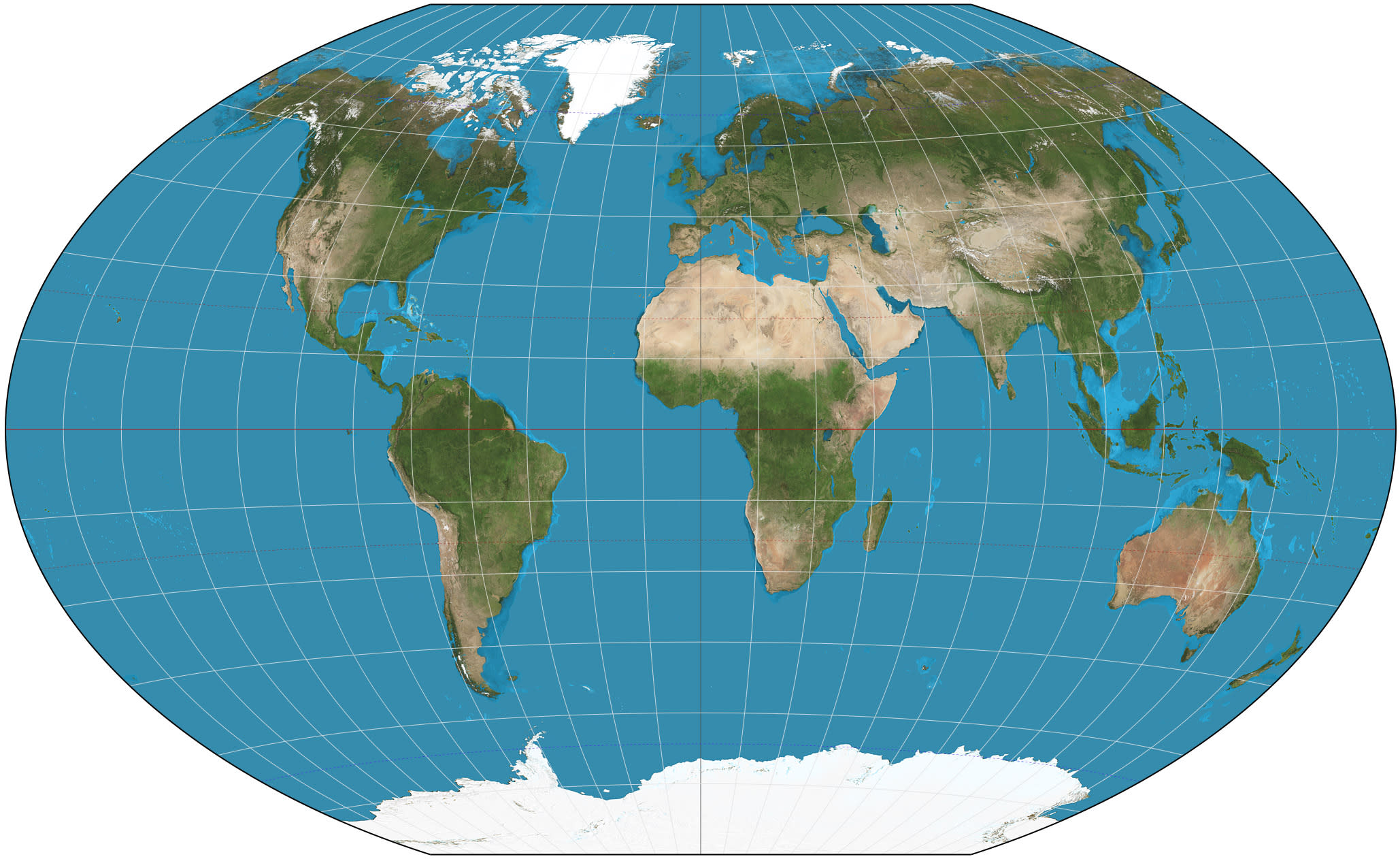
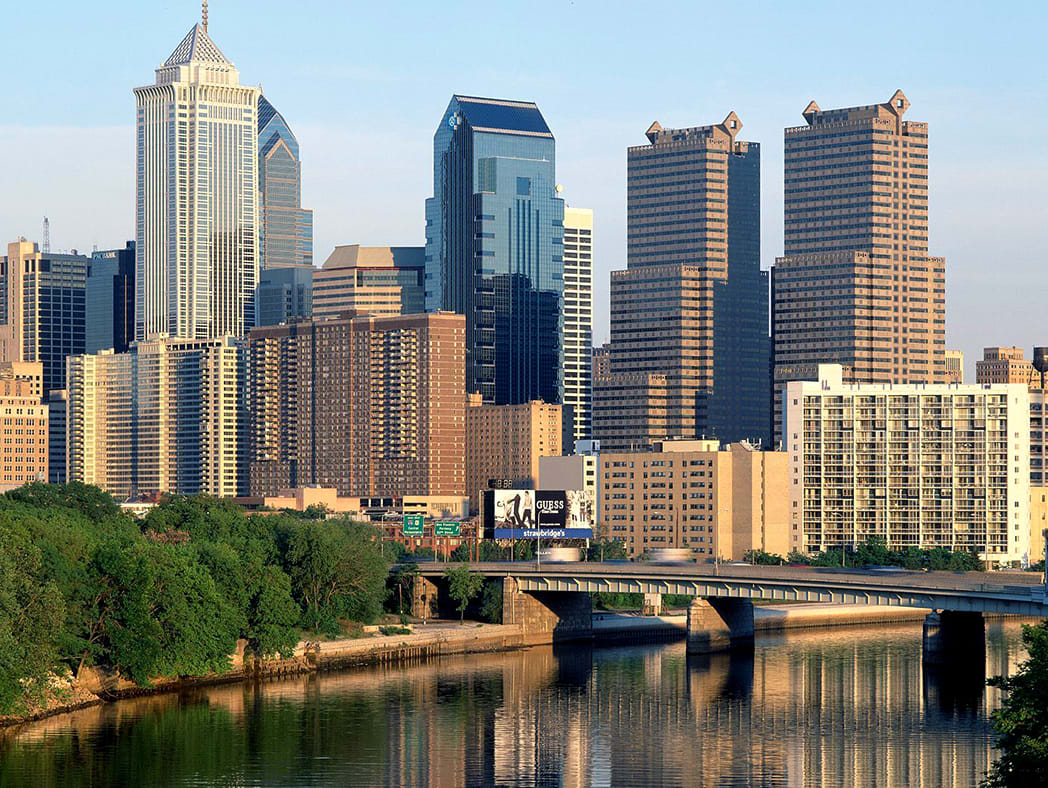

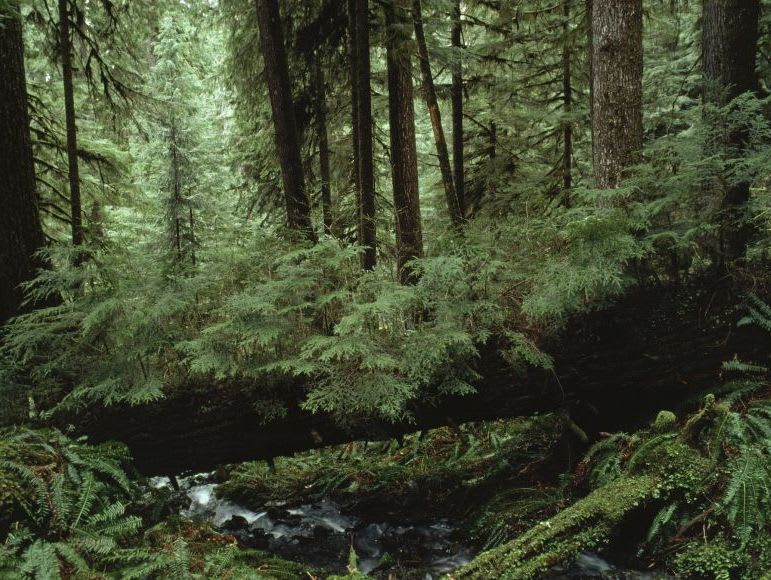
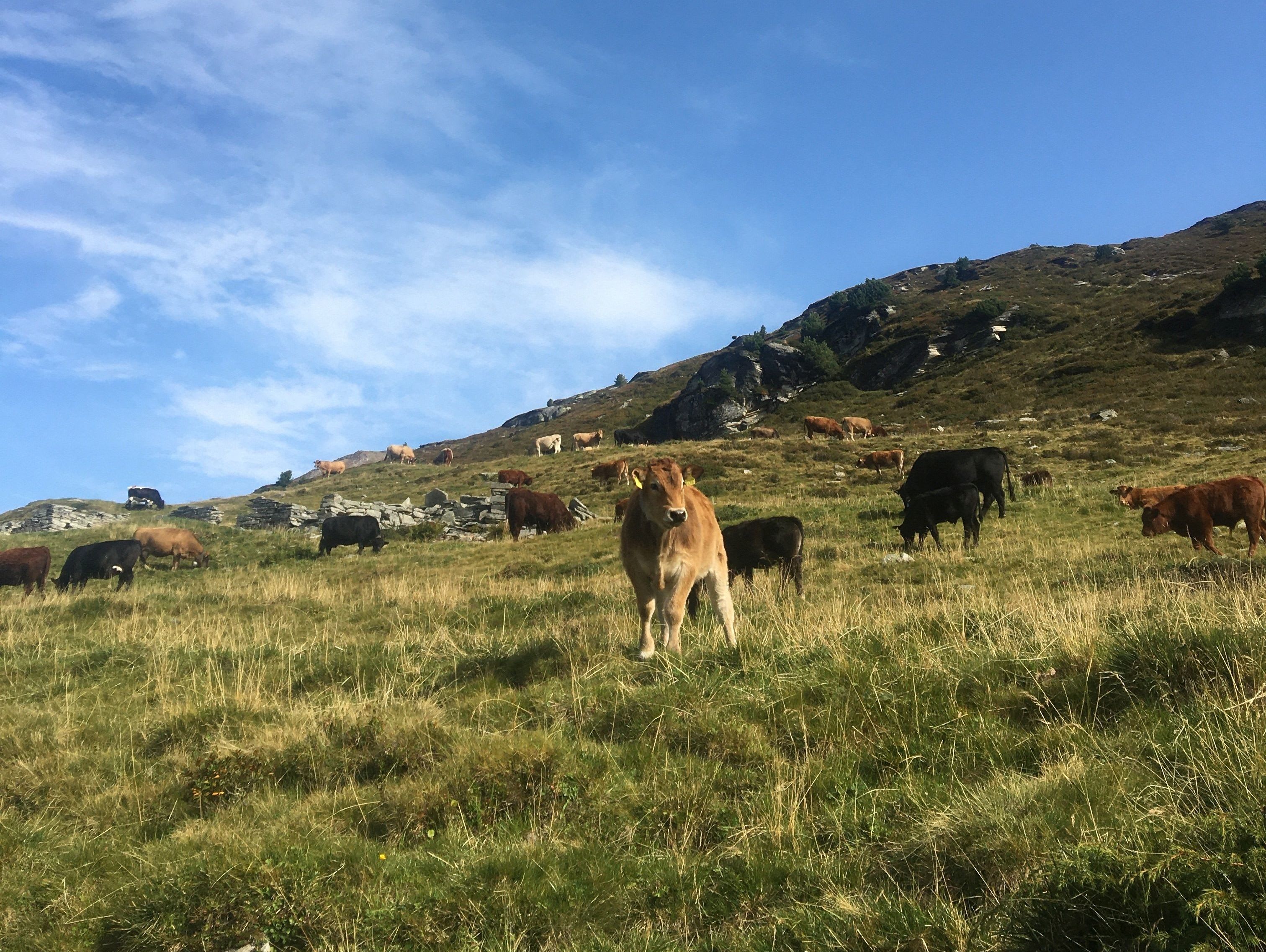
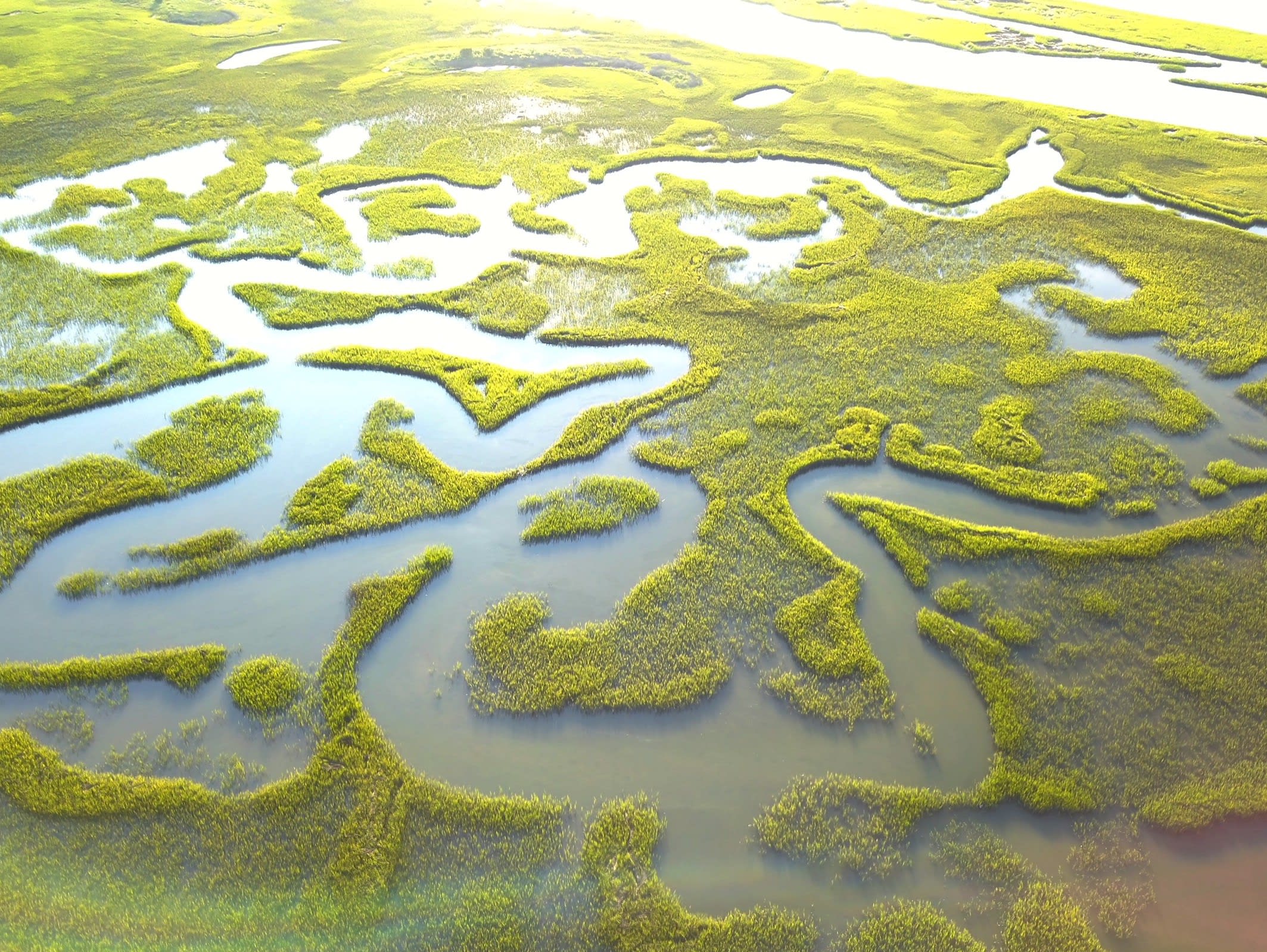
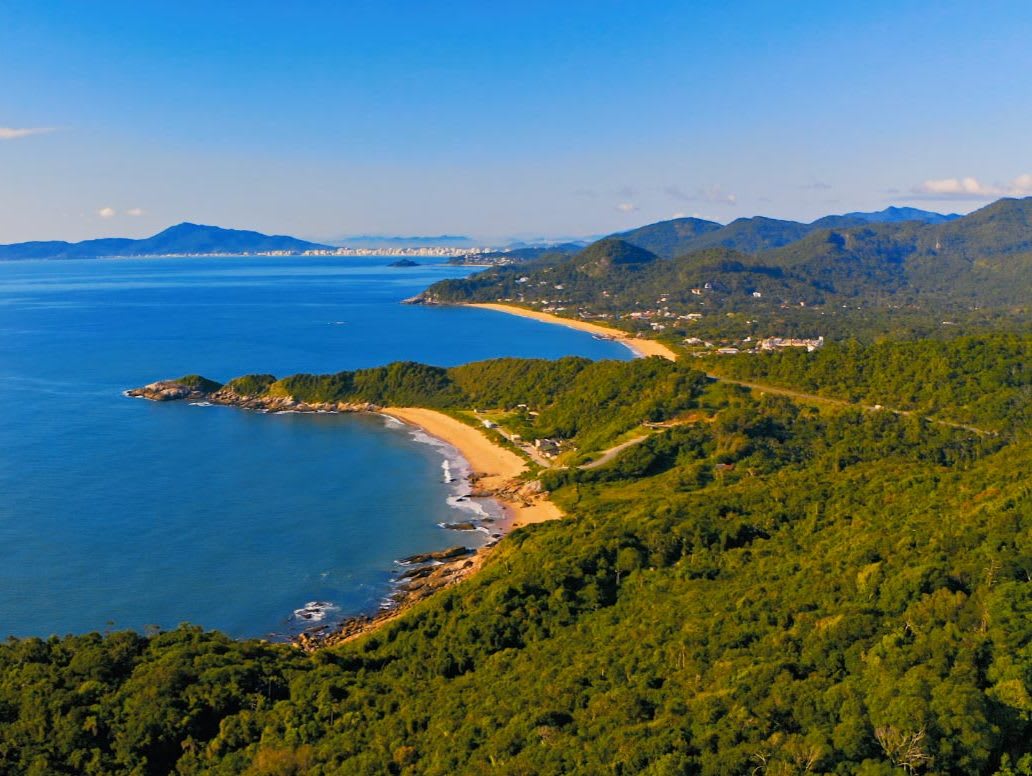
What is the average elevation range of your study area?
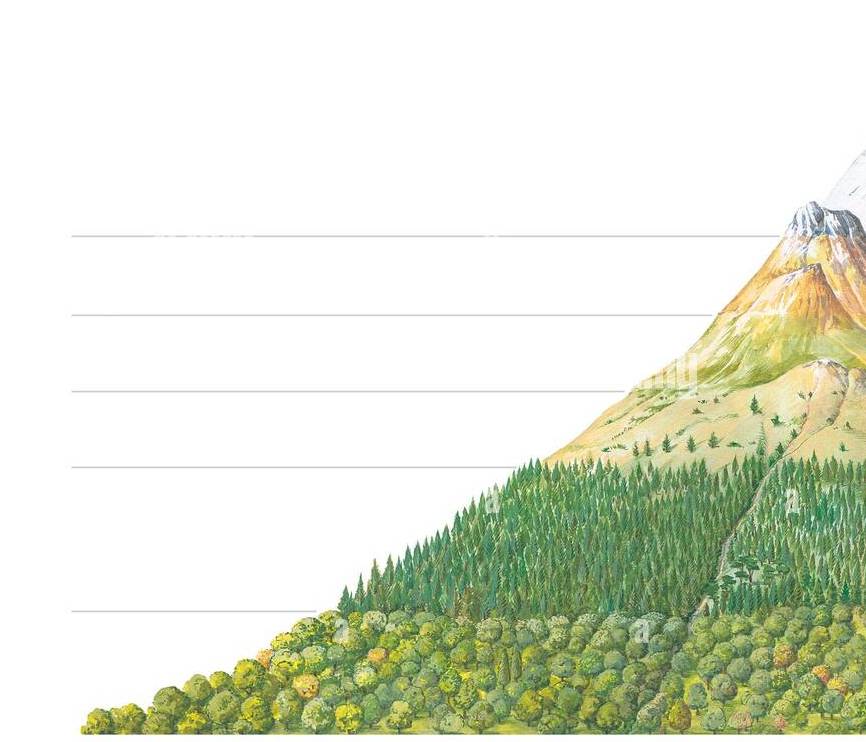
What is the average slope gradient of your study area?

What is the type of the hydrographic network of your study area?
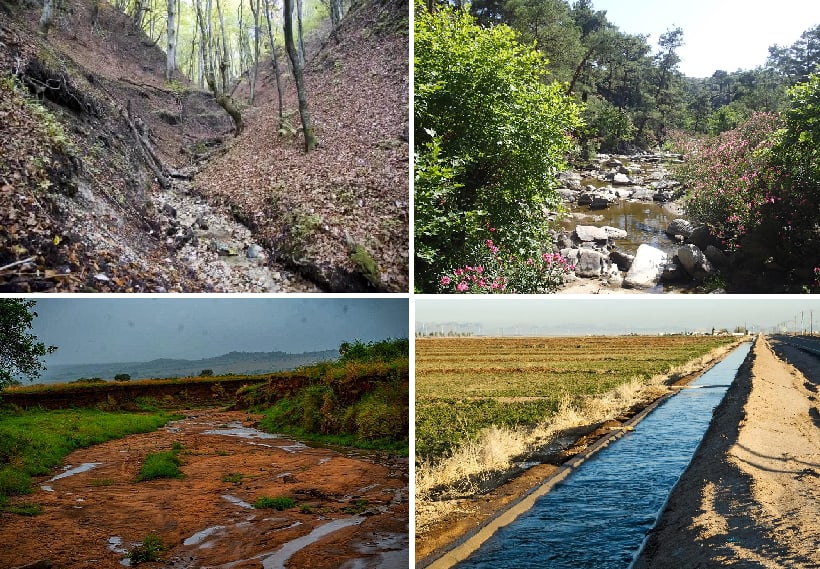
What is the streambed/streambank material of your study area?
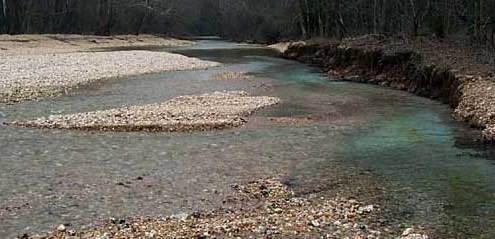
What are the vegetation conditions of your study area?
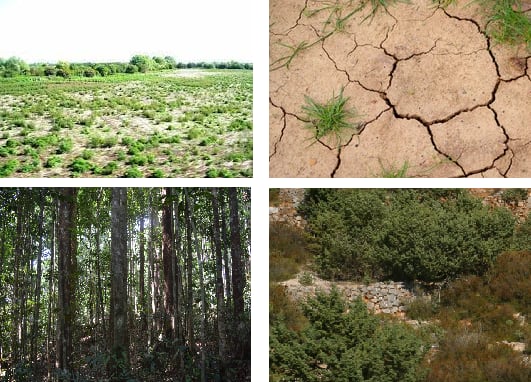
What are the geologic/soil conditions of your study area?
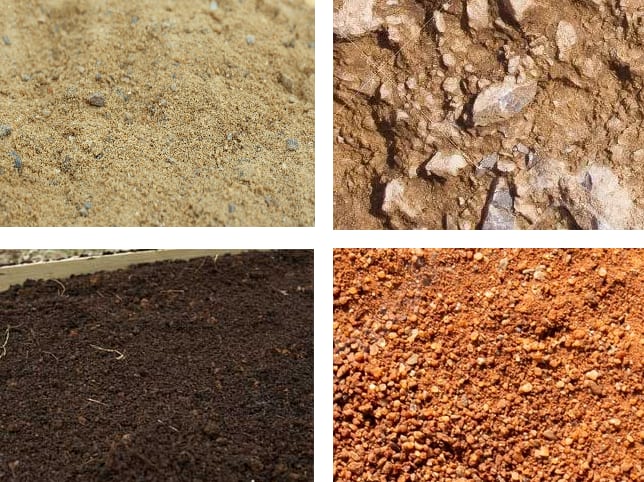
Ηave you noticed any erosion/deposition phenomena or degradation of environment on your study area?

Ηave you noticed any climate change induced extreme events in your study area?
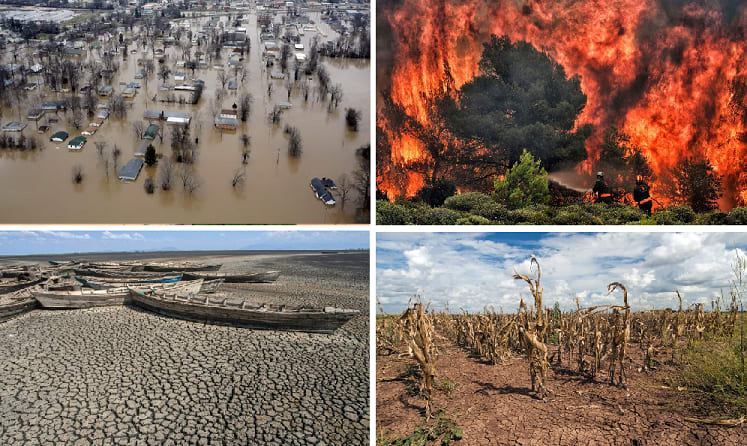
Best Management Practices: Policies
-Sustainable applications of NbS.
-Legal framework and adoption of solutions.
-Long-term monitoring for adaptive management.
-Standard guidelines and policy measures (penalties to pollutants, sewage tax, collect charges for public facilities).
-Building capacity of policy makers, stakeholders and different scientists (engineers, ecologists, foresters, etc.).
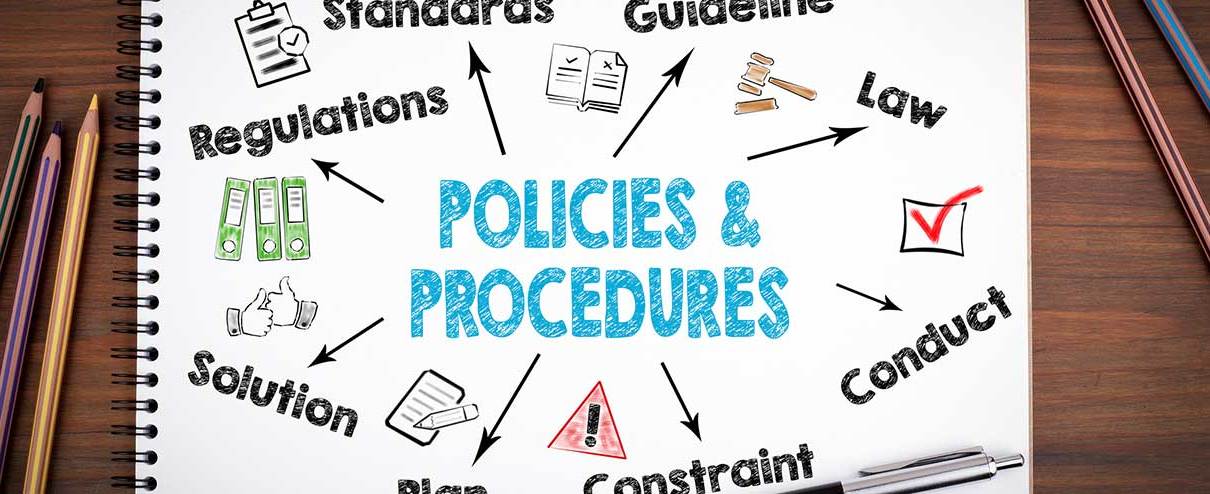
Best Management Practices: Agricultural Solutions
-Enhance agroforestry (tree-based farming).
-Organic farming practices (tunnel farming, green manure, extend harvest
rotation lengths, improve cultivation, improve animal grazing intensity and manure management),
-Replacement of chemical fertilizers and pesticides with organic agro-inputs (biofertilizers, bioinoculants, etc.).
-Increase use of biochar to increase carbon storage
-Select proper species (species with excessive infiltration in steep slopes can trigger landslide events while other can trigger floods).
-Create and maintain "clean" the runoff system.

Best Management Practices: Land and Water Management Solutions
-Restoration/conservation of the degraded landscape.
-Soil erosion protection measures (e.g., bioengineering-based green gabions, wire woven check dams, hybrid eco-engineering approaches)
-Agroforestry practices.
-Tree plantation (selections of species based on local conditions).
-Plantation of proper species (grass, shrubs, herbs and climbers).
-Restoration/rehabilitation of wetlands, streams and rivers.
-Increase & protect the buffer zones (wetlands shorelines, floodplains, riparian and coastal zones).
-Increase water surface (capture rainwater for ecosystems and water table)
-In situ water quality improvement (bioremediation and phytoremediation).
-Recharge groundwater e.g. bioengineering-based check dams
-Ecofriendly tools to mitigate littering pollution (e.g. litter traps).

Best Management Practices: Blue-Green-Grey Infrastructure Solutions
-Increase green spaces (rooftops, walls, resting areas).
-Treatment of wastewaters (ecofriendly households and bioremediation).
-Green filter areas for water and air.
-Rain gardens, floating gardens and heat islands.
-Storm water management, grass swales, water retention ponds and permeable pavements.
-Increase water surface in urban areas (capture rainwater, recharge groundwater).
-Increase pollinator verges and spaces
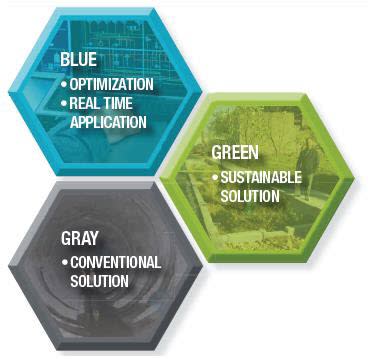
Best Management Practices: Stakeholders Participation
-Collaboration and participatory processes that include stakeholders from different sectors
-Training programs for integrated watershed management, nature-based solutions and ecosystem-based approaches.
-Awareness events for education of stakeholders.
-Field visits to demonstration sites of good practices.
-Stakeholders feedback on policies framework.

Best Management Practices: Coastal Solutions
-Increase & protect the buffer coastal zone.
-Small ponds.
-Narrow green banks.
-Adaptive management for species plantation (grass, mangroves, creepers, salt marshes and seagrass meadows, etc).
-Sand can be used to nourish beaches at sandy coasts.
-Basalt dykes with room for water ponds
-Slabs with room for sea weeds, water plants, mussels.
-Hybrid eco-engineering
